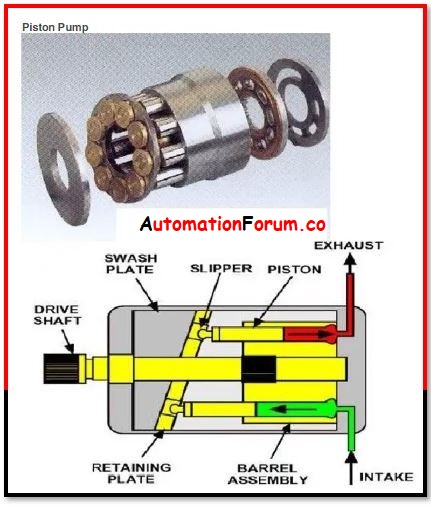What is a proximity sensor and what is it used for

What is a proximity sensor and what is it used for
A sensor is a device that can convert the physical parameters, like temperature, humidity, speed, etc into a signal which is then measured electrically. A proximity sensor is a sensor that can detect a device or object which is near to it and sensing is done without any contact to the detected object. This device is the major data acquisition device that is widely used in automation. Proximity sensors also can detect certain physical parameters like temperature, pressure, force, length, and it can also detect the nearby object. There are many varieties of proximity sensors they are inductive proximity sensors, capacitive proximity sensors, ultrasonic proximity sensors, photoelectric sensors, and hall-effect sensors.

What are the features of proximity sensors
- These sensors can detect the object without touching it
- The service life of this device will be good because no contacts are required for output
- These sensors can be used in places where water and oil is used and this device will operate without any problem
- These sensors have a high response
- It can be used in the temperature range from -40 to 200 degree Celsius
- These sensors are not affected by the colors in the object, it only checks the physical changes in the object
What are the advantages of contactless proximity sensors
- The geometric position of the object can be detected accurately
- There is no contact between the proximity sensor and the object that it measures, so there is no need for contact
- These sensors have quick switching ability, the output from the sensor is generated electronically so the sensors are bounce-free and it won’t create any error pulse
- There won’t be any wear in this device because this device doesn’t have any moving parts
- The number of switching cycle is unlimited
- There are proximity sensors that can be used in a hazardous environment
What are the types of proximity sensors
1.Inductive proximity sensors
2.Capacitive proximity sensors
3.Hall effect proximity sensors
4.Ultrasonic proximity sensors
5. Optical proximity sensors
1.Inductive proximity sensors

These sensors use the inductive property to sense the object. The inductive proximity sensor is composed of the coil, oscillator, trigger circuit, and output. The oscillator is an inductive capacitive tuned circuit that creates a radio frequency. The oscillator will create an electromagnetic and it would be emitted away from the sensor. So when a metallic object comes near to this sensor the inductance and power losses in the coil vary. Due to this operating principle, inductive proximity sensors are only used to detect metallic objects.
2.Capacitive proximity sensor

A capacitive proximity sensor is composed of two plates and one of them is the target plate. These two plates are separated by an air gap. One of the plates is connected to the oscillator and the other one is to detect the object. When the sensors receive the power the oscillator will detect the external capacitance between the target and the internal sensor plate. This will complete the circuit and gives a proper feedback path for the output circuit to check. Capacitive sensors can be used for vibrating environment and it can also be used at high temperatures. These sensors are capable to detect many kinds of objects such as plastics, solids, liquids…
3. Hall effect Proximity sensor
This device is a non-contact proximity sensor and has a permanent magnet. So this device is composed of a permanent magnet and the hall-effect sensor IC. This IC is capable to detect the changes in the magnetic field, the hall sensor can measure the magnitude of the magnetic field when the permanent magnet comes in close proximity to it and generates an electric field.
4. Ultrasonic proximity sensor
The operation of the ultrasonic sensor is based on the emission and reflection of the acoustic waves between the object and the receiver. These sound waves travel through the air and the traveling time is measured. The ultrasound is the sound frequency that is above the human hearing limit. So high-frequency sound waves are used to detect the object. These sensors have the greatest switching distance and frequency so it can be used to check distant objects with very high speed.
5. Optical proximity sensors
These sensors use the visible or invisible light as the input, it uses optical and electronic means to detect the object. Mostly, LEDs are used as input. Mostly the receiver section is the photodiode. So its operation consists of transmitting the light by an LED and the interruption or reflection is checked to detect the object.
How to select a proximity sensor
- It must be selected according to the material that is to be detected like conductive and non-conductive material
- According to the size and shape
- It must be selected according to the environmental conditions
- It must be selected according to the sensing distance
- It must be selected according to the power supply
What are the applications of proximity sensors
- Lifts
- Remote sensing in cars
- Touch buttons of mobile phones, tablets…
- It is used in border security system
- It can be used as a metal detector
- Navigation systems of aircraft and ships
- This device is used in proximity mines
- Anti-aircraft artillery
- Used in cars for parking assist
- Food processing and metalworking
- It is used in packaging production and printing





